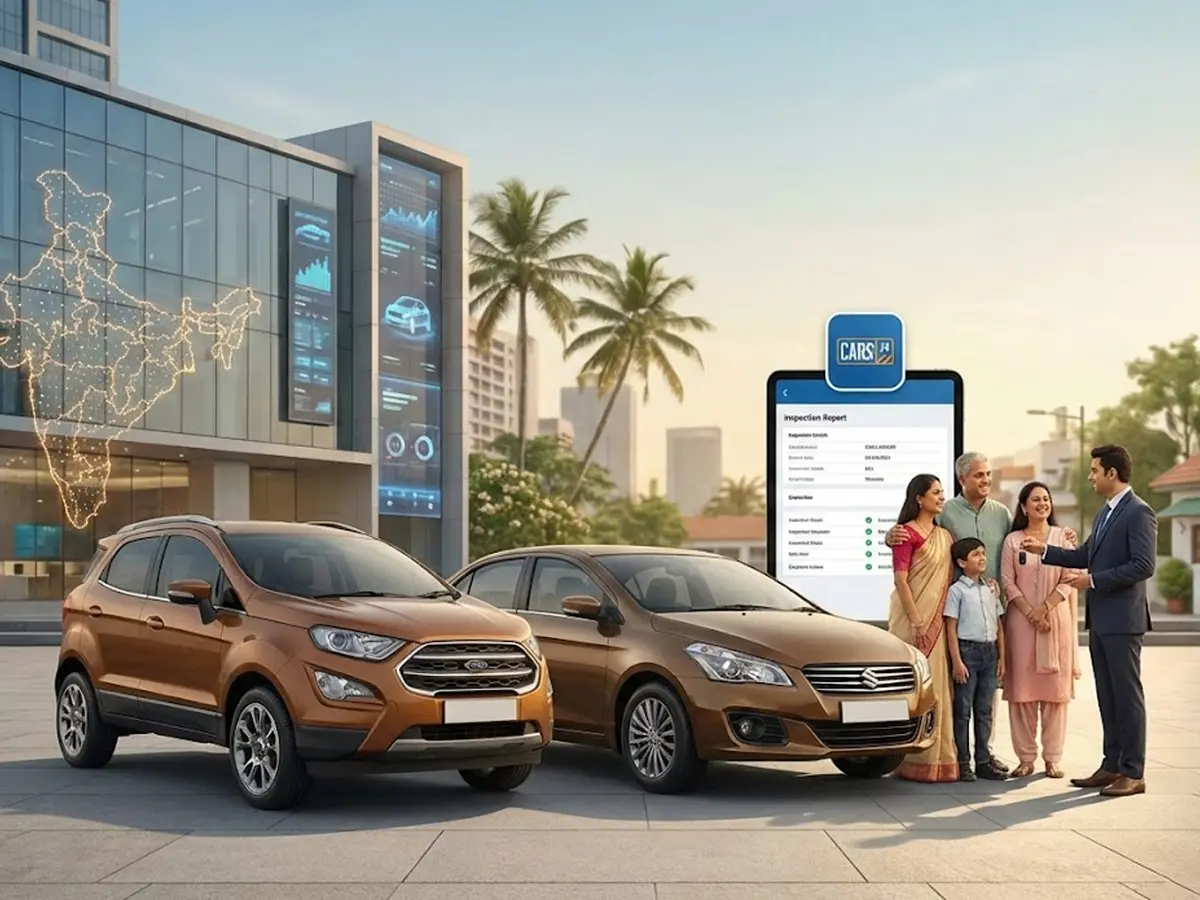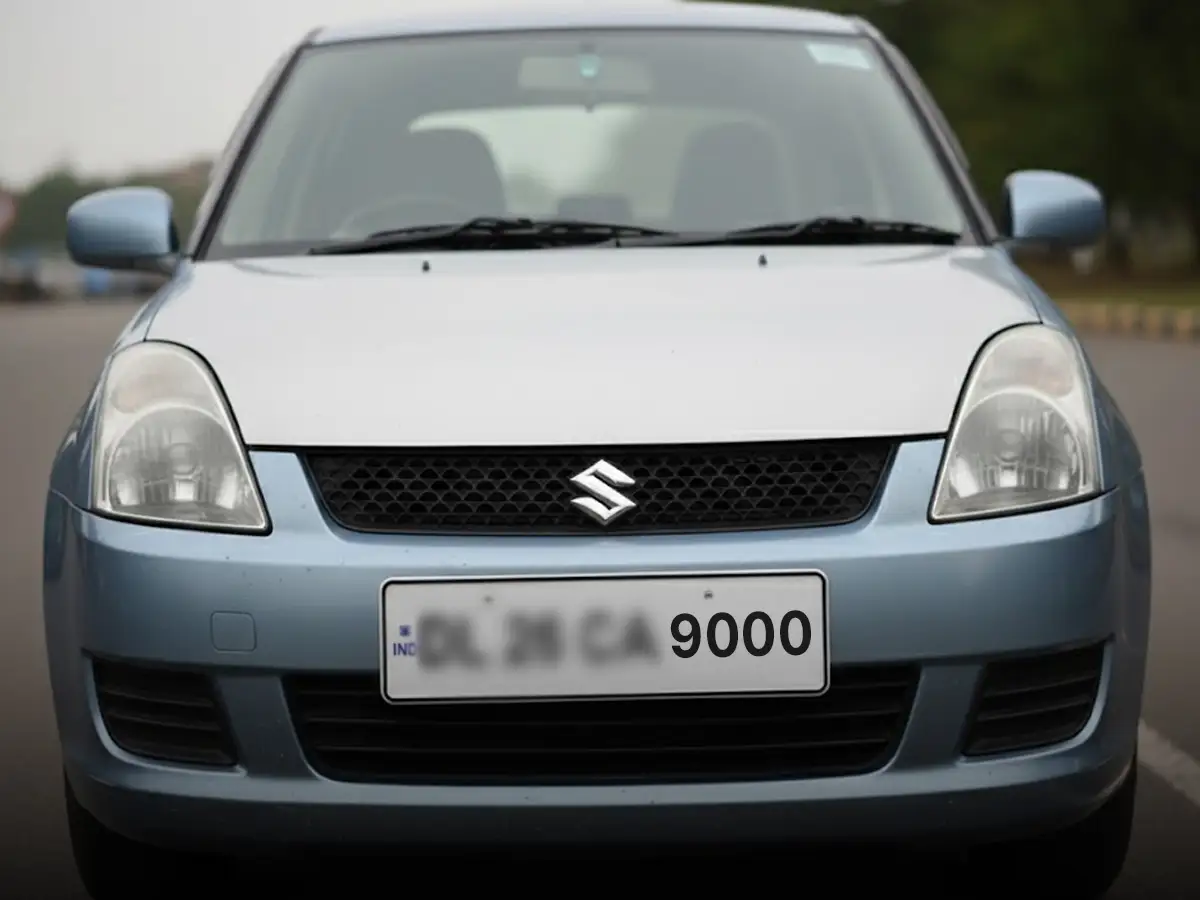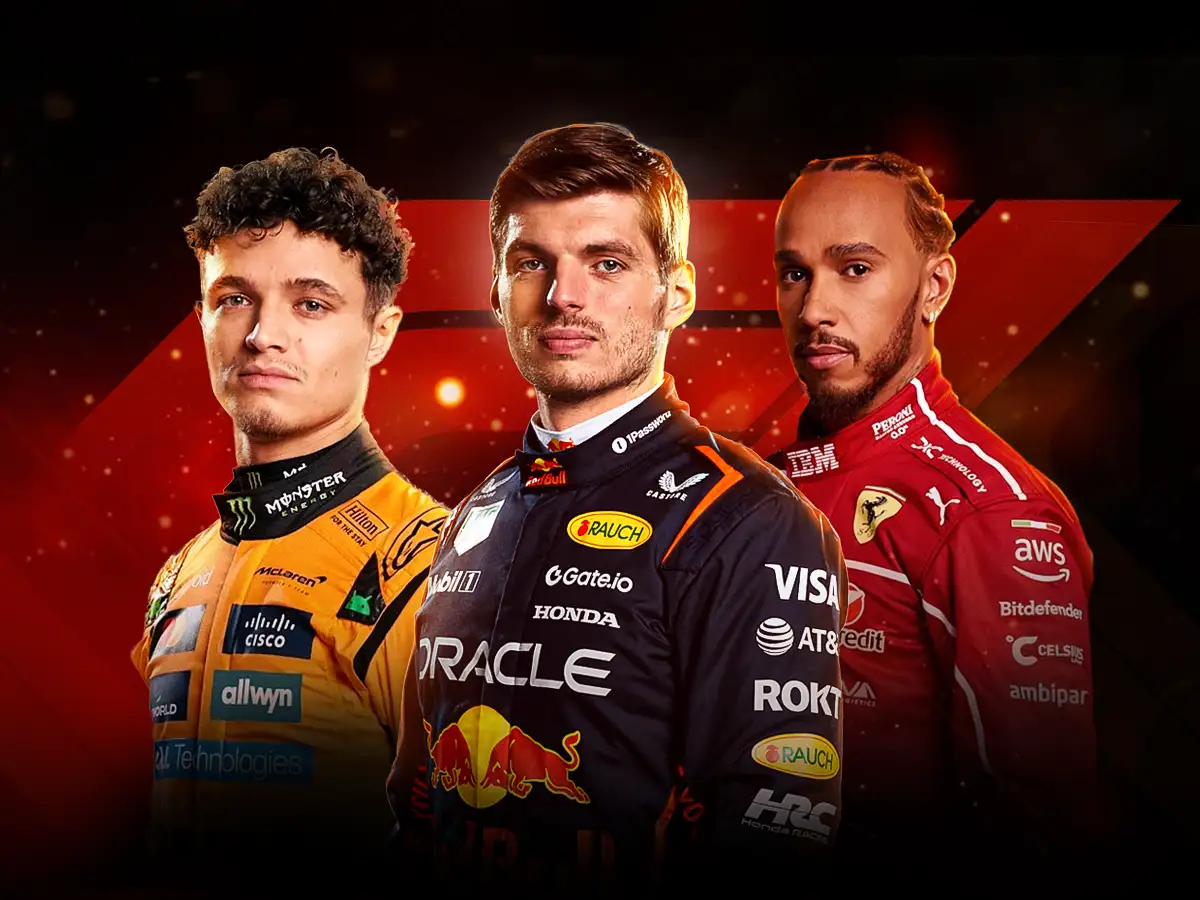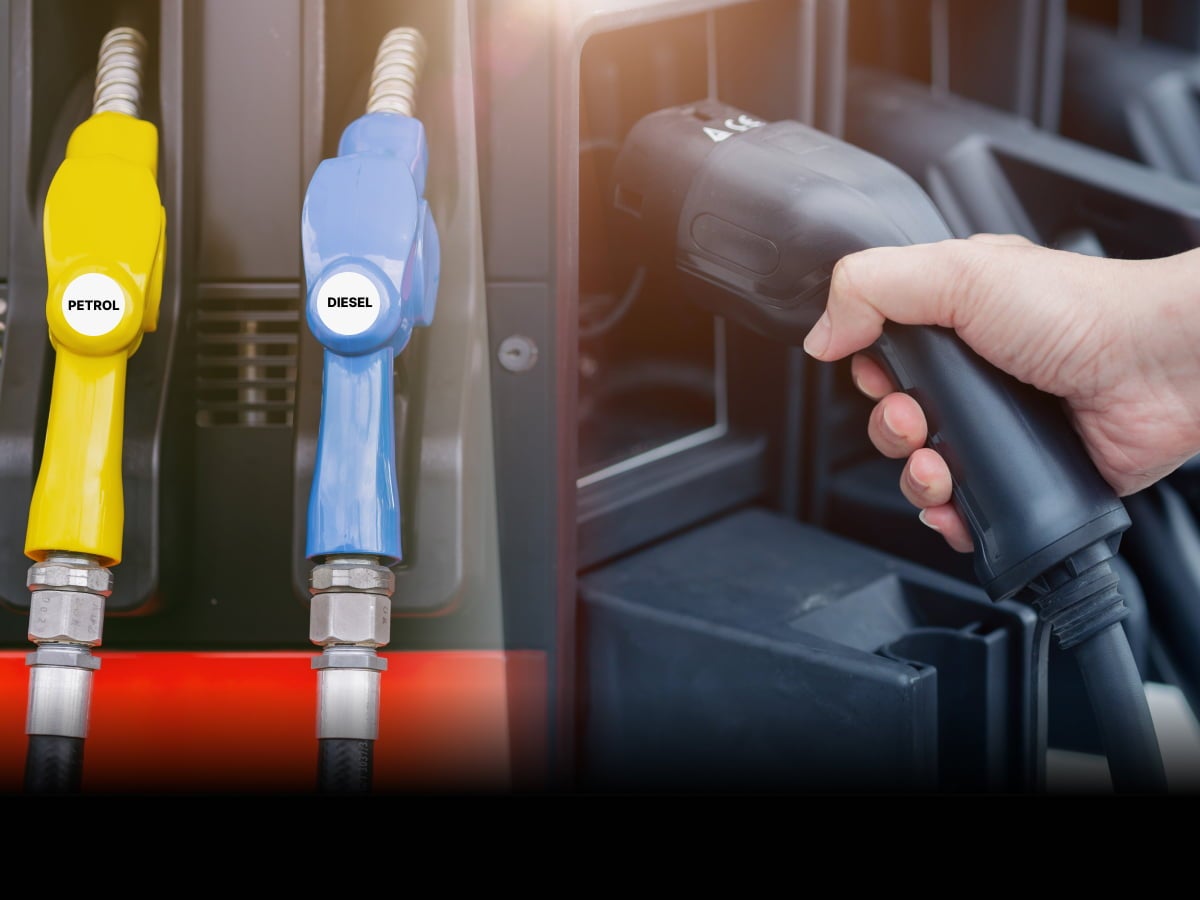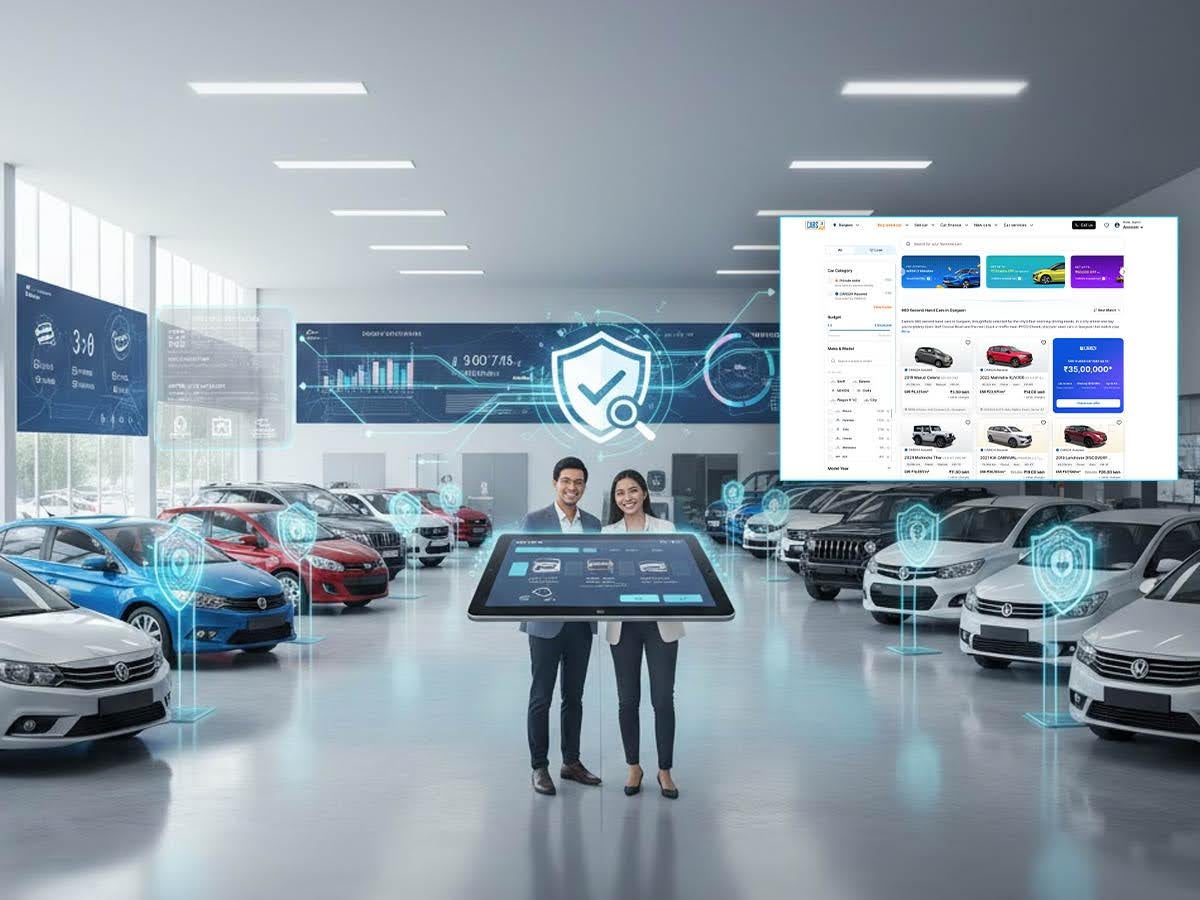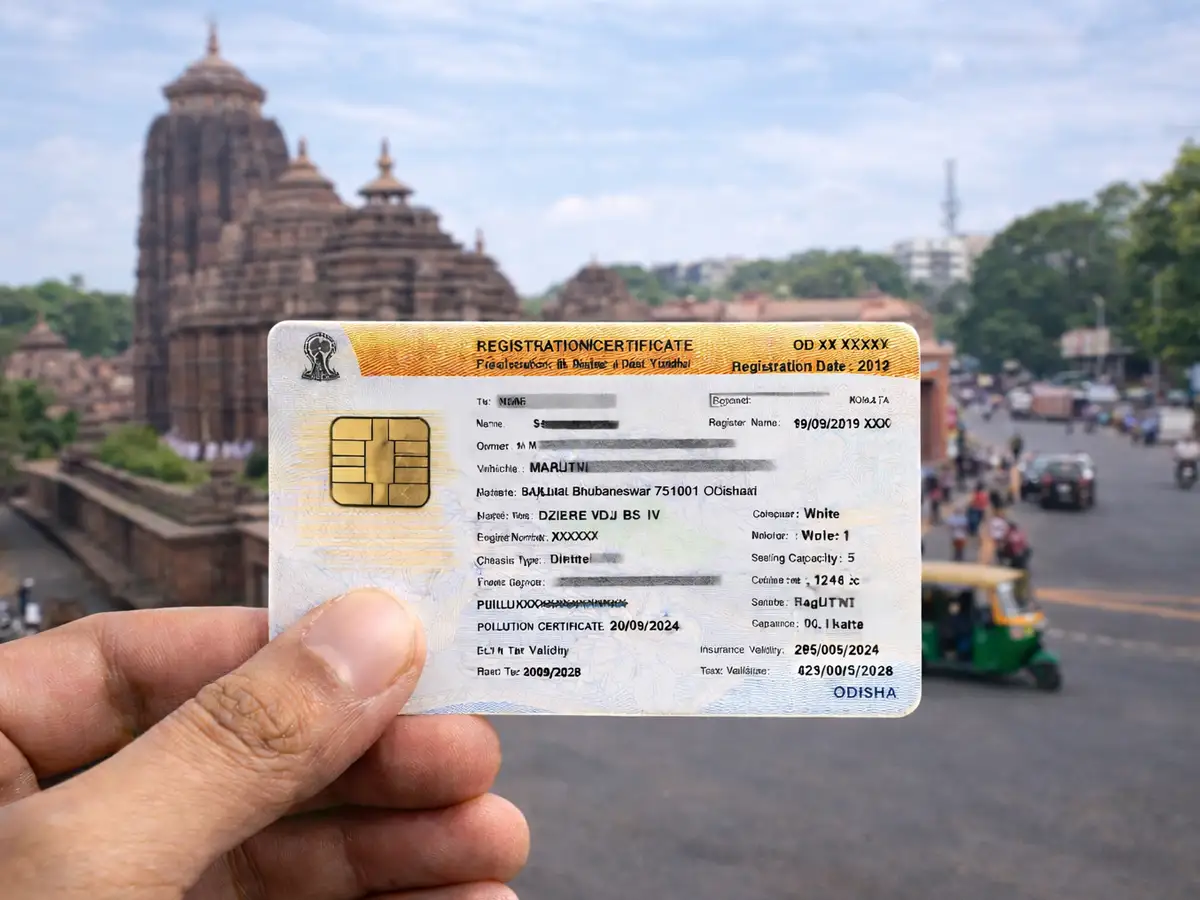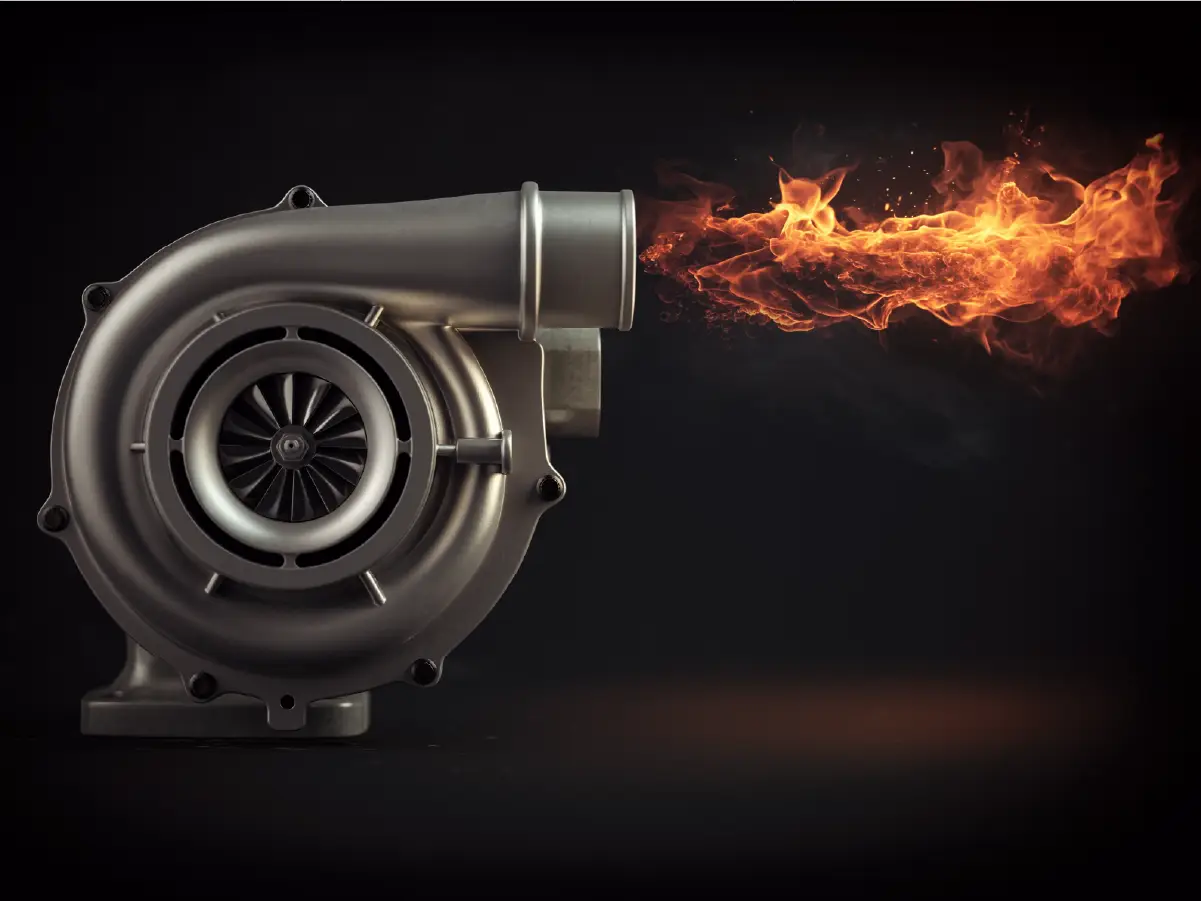

Turbocharger vs Supercharger Explained: Pros, Cons & Key Differences
- 1Turbochargers use exhaust gases for boost while superchargers are belt-driven
- 2Each system suits different driving needs and car types
- 3Common in performance cars, both systems are found in cars sold in India too
- What is Forced Induction?
- What is a Turbocharger?
- What is a Supercharger?
- How Do Turbochargers Work?
- How Do Superchargers Work?
- Turbocharger vs Supercharger: Pros and Cons
- Turbocharger vs Supercharger: Where Each One Shines
- Turbocharged Cars in India
- Supercharged Cars in India
- Cost and Maintenance
- Which Is Better: Turbocharger vs Supercharger?
- Conclusion
Ever wondered what makes your car's engine feel like it just had an espresso shot? It’s all about forced induction, and the two biggest players in that game are turbochargers and superchargers. While both aim to do the same thing, which is to boost the engine performance by forcing more air into the combustion chamber, they go about doing so in very different ways. Think of it like choosing between a cup of coffee and an energy drink. Both get you amped up, but the kick comes in very differently.
These technologies are commonplace today and turbochargers are finding their place in affordable cars as well as sporty hatchbacks too. Superchargers on the hand, are a bit of a rarity given their inherent nature of sapping a bit of power from the engine while delivering more. Confusing? Fret not. In today’s world of automotive tech, choosing between a turbocharger and a supercharger isn’t just a geeky debate. It can influence how your car drives, how much fuel it burns, and how much fun you have behind the wheel. In this deep dive, CARS24 breaks down everything you need to know about the turbocharger vs supercharger debate.
What is Forced Induction?

In order to understand what a turbo and superchargers are, we have to first understand what forced induction is. Forced induction may sound like something borrowed from a sci-fi thriller, but at its core, it’s about stuffing extra air into an engine so it can burn more fuel and make more power. Think of a normal engine as breathing through a paper straw, you can do it while breathing normally, but it’s not a great idea if you’re planning to sprint 100 metres.
Forced induction upgrades that straw to a garden hose. It helps the engine breathe deeper, work harder, and go faster. And there are two main methods to achieve this –– turbocharging and supercharging. Both are technologies that fall under a specific type of engine but each one has its own way of force-feeding the engine with more air. It’s more like using a leaf blower versus an air compressor; different tools, same goal. In today’s world of downsized engines with big ambitions, forced induction is how manufacturers squeeze out more horsepower without bumping up engine size while still keeping the polar bears happy.
What is a Turbocharger?

Once you’ve come up-to-date with how car engines work, it’ll become easier to understand the need and functions of forced-induction. Let’s simplify things by saying that turbochargers are the quiet overachievers of the performance world. They’re powered by the engine's own exhaust gases that help spin up the turbo, which then forces more air into the combustion chamber. More air plus more fuel equals a bigger bang. And a bigger bang equals more power. It's a simple equation that makes turbos popular among engineers and horsepower chasers alike.
The genius of the turbo lies in its ability to recycle energy that would otherwise be wasted. Instead of letting hot gases exit uselessly through the tailpipe, the turbo grabs them and spins a turbine. That turbine then spins a compressor (or another turbine, to understand this better) on the other side, which acts like a suction pump to take in more air, and forces it into the engine. The result? A relatively small engine that performs like a much bigger one, with added benefits in fuel economy depending on how you drive it. Think of a turbocharged 1-litre engine being the equivalent of a 1.5-litre naturally aspirated counterpart. This is why you’ll often find a smaller capacity turbo engine pushing out as much power as a 1.5-litre naturally aspirated engine would.
Modern turbochargers come with smart tech like variable geometry, twin-scroll setups, and even electric assistance to eliminate the dreaded “turbo lag.” If you’ve heard someone complain about having to wait for the power to kick in, they’re referring to turbo lag, which is a momentary delay in throttle application and power delivery. This little window of time is what is needed for the exhaust gases to build up enough pressure to spin the turbo or spooling as it is commonly referred to. While today’s systems are getting better at solving that, in the past, the alternative solution was supercharging.
What is a Supercharger?
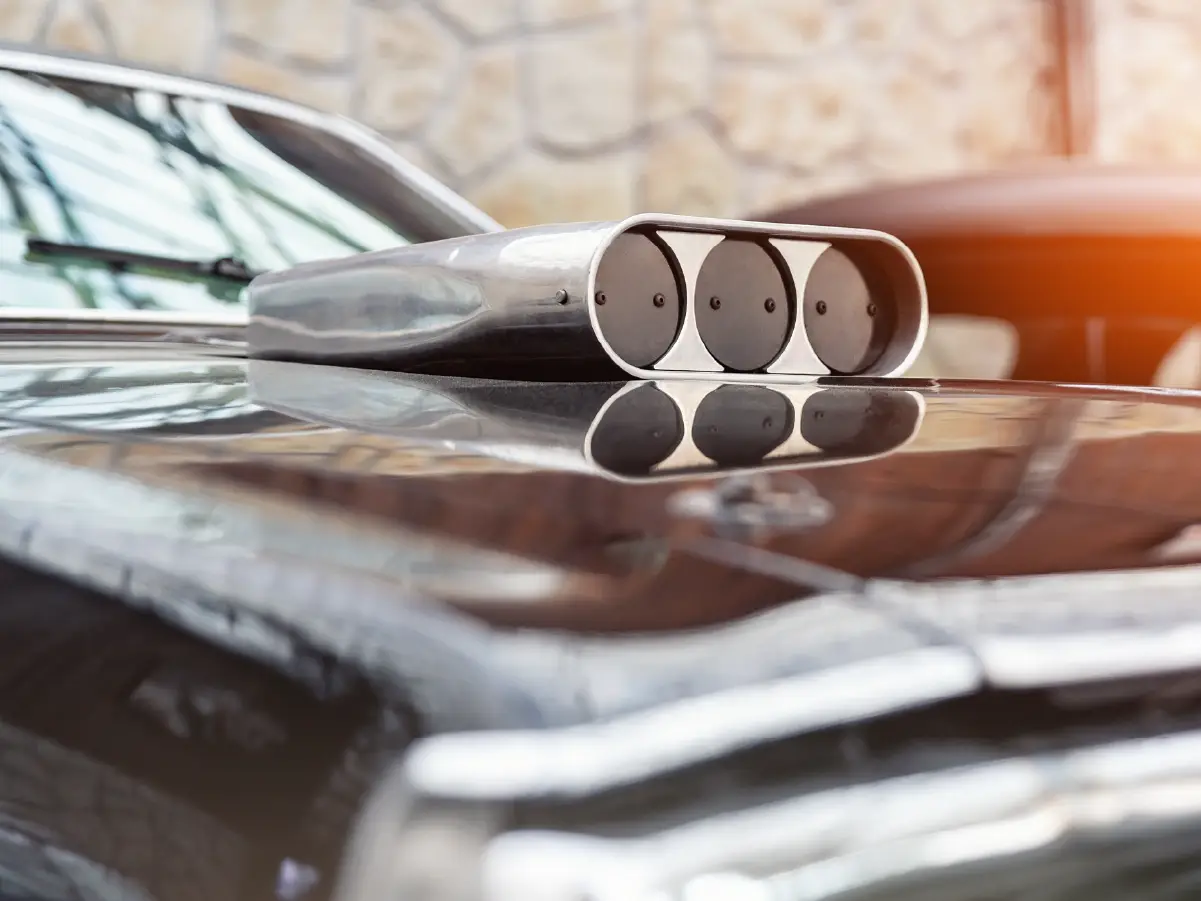
Superchargers, on the other hand, are the extroverts in the room. They don’t wait around for an invite and would be at the frontline of a horsepower party whenever needed. Unlike turbos, superchargers are mechanically connected to the engine, usually via a belt, gear, or chain, and get to work the moment you press the accelerator. No waiting, no lag. Just pure, unfiltered power delivery. Since there are no exhaust gases to deal with, the construction of the devices can be simpler however, there are nuances of a supercharger’s construction and the various types of them that exist.
There are different types of superchargers, roots-type, twin-screw, and centrifugal, mainly distinguished by the rotors or impellers that they house. But they all do the same thing, cram in more air into the engine so it can burn more fuel and make more power. Thus the concept remains the same as a turbocharger. Because they’re engine-driven, superchargers provide immediate throttle response, making them ideal for drag races or situations where quick acceleration is critical.
However, that instant power comes at a cost. Since they draw power directly from the engine to run, they’re not as efficient as turbos. It’s like borrowing money from your own bank account to get richer, you’re still losing something in the process.
How Do Turbochargers Work?
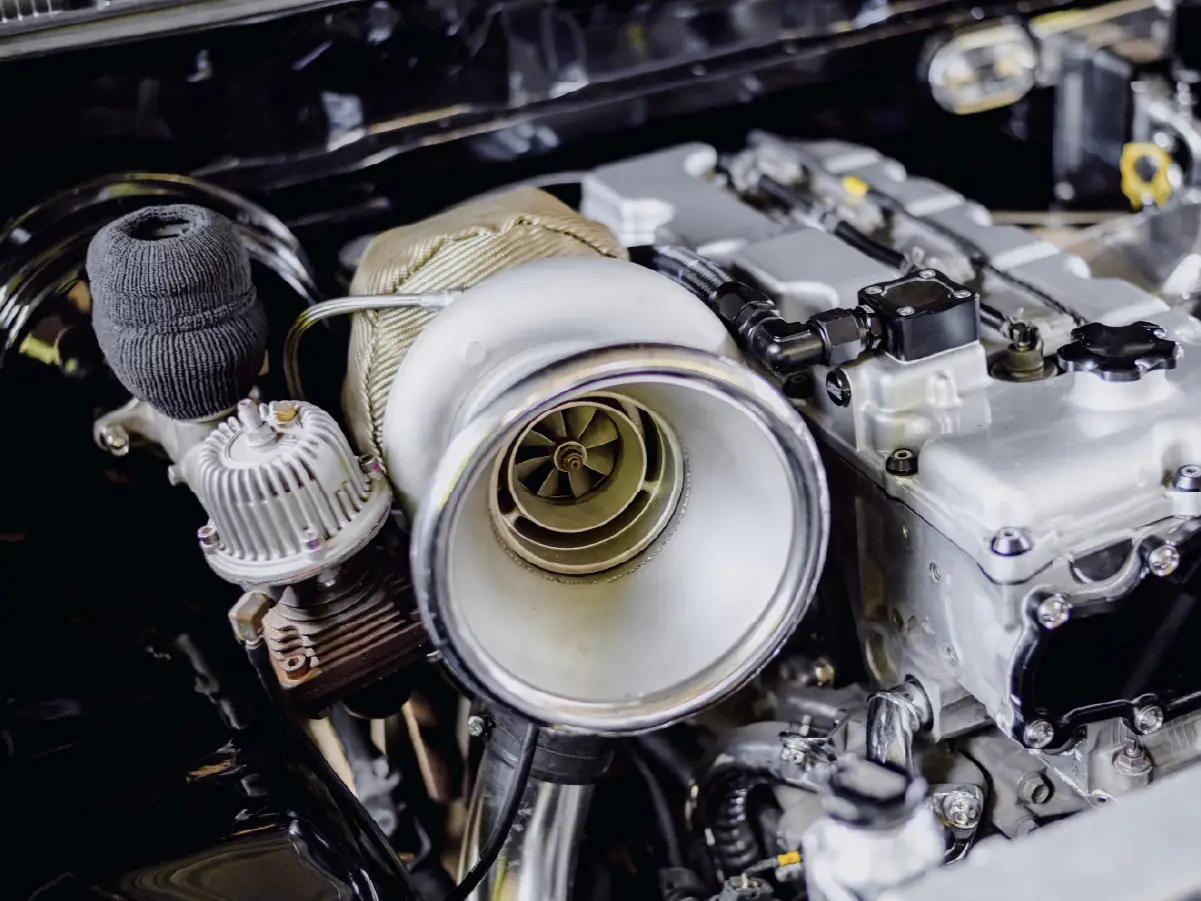
Let’s break down what’s actually happening inside a turbocharger. At its core, a turbo consists of two main parts –– the turbine and the compressor, both housed in a snail-like casing and connected by a common shaft. On one end, the turbine is spun by exhaust gases exiting the engine, think of it as recycling hot air into horsepower. As the turbine spins, it rotates the compressor wheel on the other side, which sucks in ambient air, compresses it, and forces it into the engine at a much higher pressure than normal air pressure. This allows more oxygen into the combustion chamber, resulting in a bigger explosion and, you guessed it, generates more power.
But with great power comes great heat. Compressed air gets hot, which isn’t ideal for performance or efficiency. Enter the intercooler, a mini radiator that cools this air before it reaches the engine. Then there’s the wastegate, which acts like a traffic cop, redirecting excess exhaust away from the turbine to control how much boost is created. Finally, the blow-off valve ensures that when you suddenly lift off the throttle, any leftover boost doesn’t slam into the system like a brick wall, it vents it safely, often with that satisfying psshhh sound.
Key components of a turbo system include:
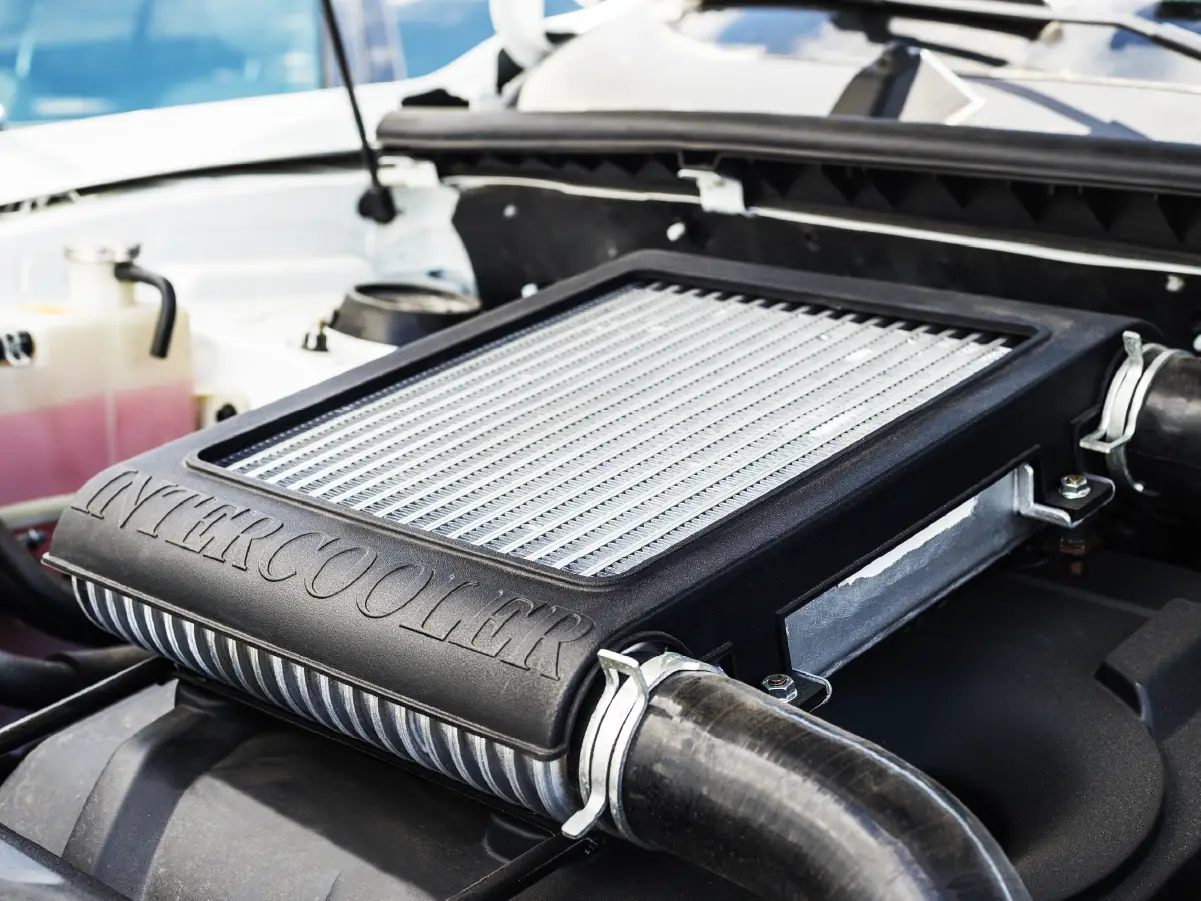
- Intercooler – cools the compressed air before it enters the engine
- Wastegate – regulates boost pressure by controlling exhaust flow to the turbine
- Blow-off valve – releases excess pressure when you lift off the throttle to prevent damage
Modern turbos often include twin-scroll or variable geometry tech, which helps improve response across a wider RPM range. The twin-scroll turbo separates exhaust pulses for better efficiency, while variable geometry uses adjustable vanes inside the turbine housing to alter the angle of airflow. Turbos are much more commonly used in cars and some of the best super cars in India make use of them mainly because they’re more bang for the buck.
How Do Superchargers Work?
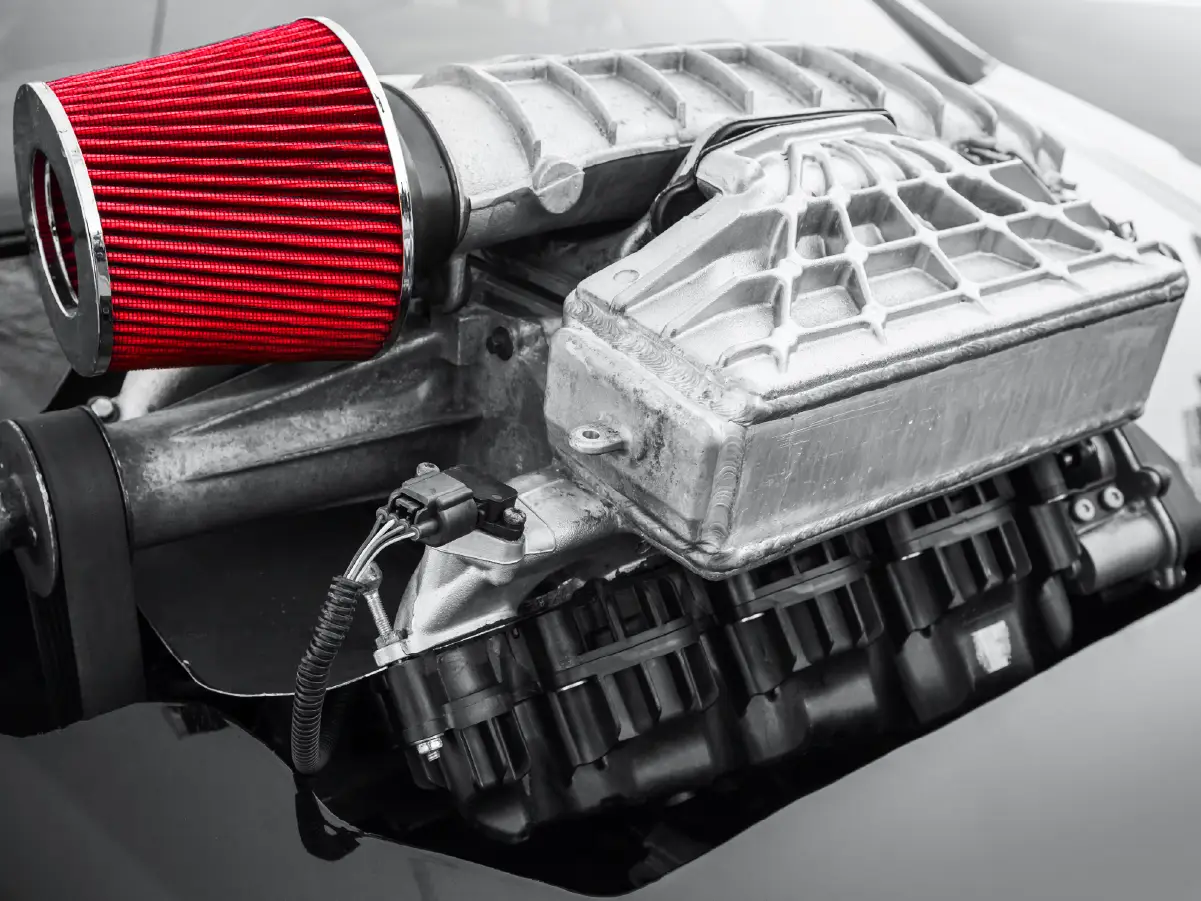
Superchargers are the old-school brawlers of the forced induction world, less finesse, more punch. Unlike a turbo, which waits for exhaust gases to do the heavy lifting, a supercharger is mechanically connected directly to the engine’s crankshaft. That means it spins in sync with the engine’s RPMs so no lag, no waiting. As soon as you touch the throttle, the supercharger starts cramming more air into the engine, instantly boosting power.
Depending on the type of supercharger, this air delivery can come in different flavors. A Roots-type supercharger is the classic setup, delivering massive boost right from the get-go, but it’s not the most efficient at high revs. A twin-screw supercharger, on the other hand, compresses air internally before sending it to the engine, which means better thermal efficiency and more consistent performance. That 1970’s Dodge Charger that Dom aka Vin Diesel drives in the Fast and Furious franchise, and the big bit sticking out of the hood, that’s a large volume supercharger for you. Then there’s the centrifugal type, which looks and acts a bit like a turbo, offering smoother, more linear power delivery but usually kicking in a little later in the rev range.
Because superchargers are mechanically driven, they don’t rely on exhaust flow, which simplifies things. That usually means fewer components and less complexity than a typical turbo setup, translating into better long-term reliability. However, there’s a trade-off, they generate more heat under sustained load. That’s why most high-performance supercharged engines come equipped with air-to-air or air-to-liquid intercoolers to keep temperatures in check and performance consistent.
Types of superchargers include:
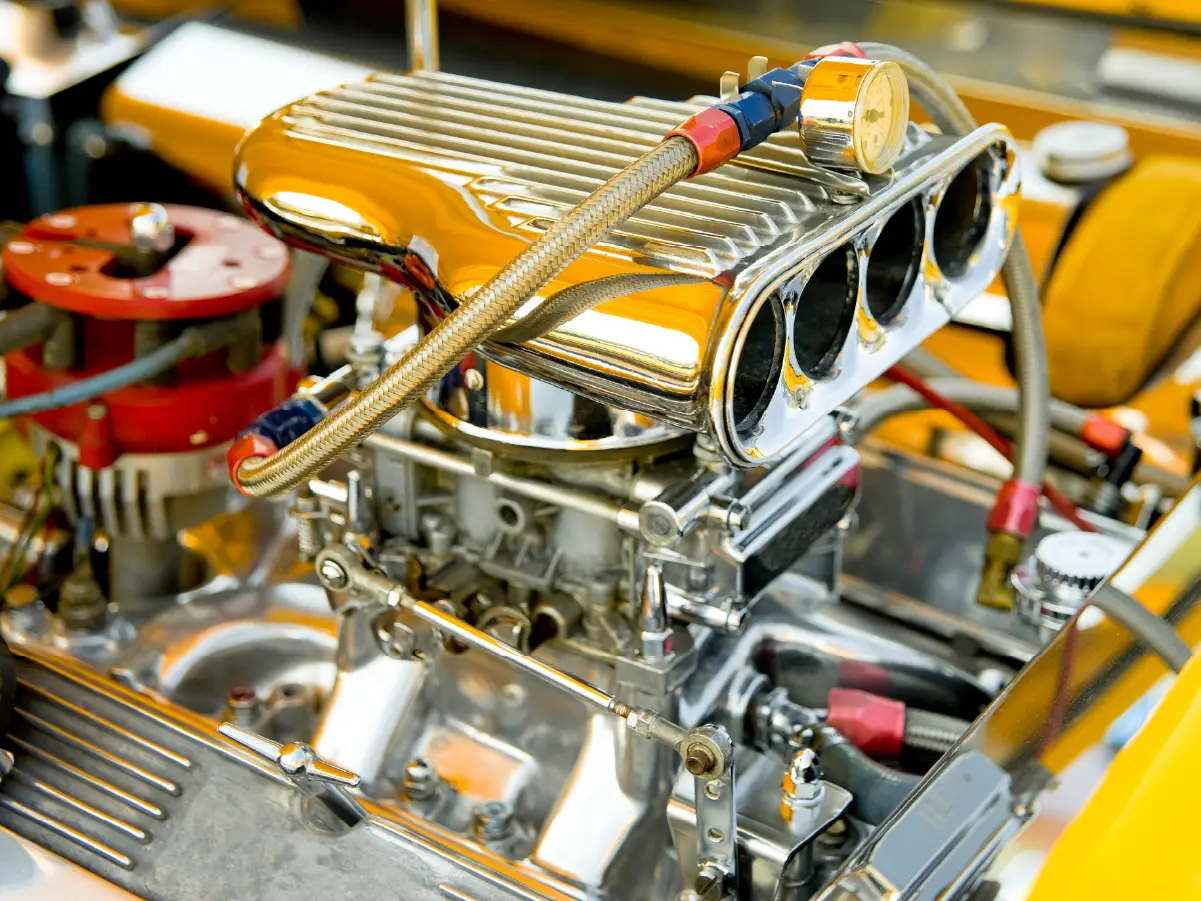
- Roots-type – delivers big boost early but isn’t very efficient at high RPM
- Twin-screw – compresses air inside the supercharger for higher efficiency
- Centrifugal – resembles a turbo in operation and offers linear power delivery
In short, superchargers are about immediate gratification. No spooling, no delay, just throttle and thrust. They’re the go-to for muscle cars, big-displacement engines, and anyone who wants raw, on-demand power without waiting for it. And they make a sound too, a sharp, annoying whine that’s not as cool as the turbo whoosh.
Turbocharger vs Supercharger: Pros and Cons
Let’s break down the pros and cons in a more digestible format:
| Feature | Turbocharger | Supercharger |
| Power Delivery | Delayed (turbo lag), but strong | Immediate and consistent |
| Fuel Efficiency | More efficient | Less efficient |
| Complexity | More components, more heat | Simpler mechanically |
| Maintenance | Higher due to more components | Easier access, but wears belts |
| Cost | Generally cheaper to operate | Higher operational cost |
| Sound | Whistle or whoosh | Mechanical whine |
Turbocharger vs Supercharger: Where Each One Shines
Turbochargers are better for:
- Long-distance driving
- Fuel efficiency
- Smaller engines that need a higher output
- Emissions compliance
- Enthusiasts who love that mid-range punch
- All modern diesel engines
Superchargers are better for:
- Track and drag racing
- Towing or heavy-duty performance
- Consistent throttle response
- Applications where space and cooling aren’t major issues
Turbocharged Cars in India

Here are some popular turbocharged cars you can buy in India right now:
| Car Model | Engine Type |
| Hyundai i20 N-Line | 1.0-litre Turbo Petro |
| Hyundai Creta | 1.5-litre Turbo Petrol and Turbo-Diesel |
| Skoda Slavia | 1.0/1.5-litre Turbo Petrol |
| Tata Nexon | 1.2-litre Turbo Petrol |
| Kia Seltos | 1.5-litre Turbo Petrol and Turbo Diesel |
| VW Virtus | 1.5-litre Turbo Petrol |
While all modern diesel engines rely on turbocharging, it’s worth considering a turbocharged petrol used car if you’re in the market looking for a second hand purchase.
Supercharged Cars in India

Supercharged cars are generally rare and even more so in India, especially in the mass market. Some high-performance and luxury vehicles from the JLR Group offered them and can be found in used Land Rover cars and used Jaguar cars that utilised a 5.0-litre Supercharged V8. The parasitic drain that superchargers are infamous for, gives them a bad rep and is a major reason for their unpopularity. To counter this, some manufacturers like Volkswagen used twincharging, for cars like the older generations of the Skoda Fabia RS and the Volkswagen Polo GTI, which has been recently made available in India in a limited run. These cars used supercharging and turbocharging to good effect, using the pros of both systems and effectively countering the cons of both at the same time. However, this technology, as you may have already guessed, isn’t very cost-effective.
Cost and Maintenance
Turbos tend to be cheaper to install and operate. Their small size and exhaust-driven nature make them efficient and economical. But maintenance can be tricky. You’ll need regular oil changes, proper cooling, and sometimes, patience with turbo lag. A bigger turbocharger often leads to more turbo lag and aftermarket additions can be quite expensive. Aftermarket applications may also come with reliability challenges thus buying a second hand turbocharged car is more sensible.
Superchargers are more expensive upfront and use more fuel. They’re also harder on the engine over time. However, they’re easier to repair because of their simpler mechanical layout. If you want instant boost and don’t mind paying more at the pump, this might be your jam but good luck finding a car with a factory-installed supercharger.
Which Is Better: Turbocharger vs Supercharger?
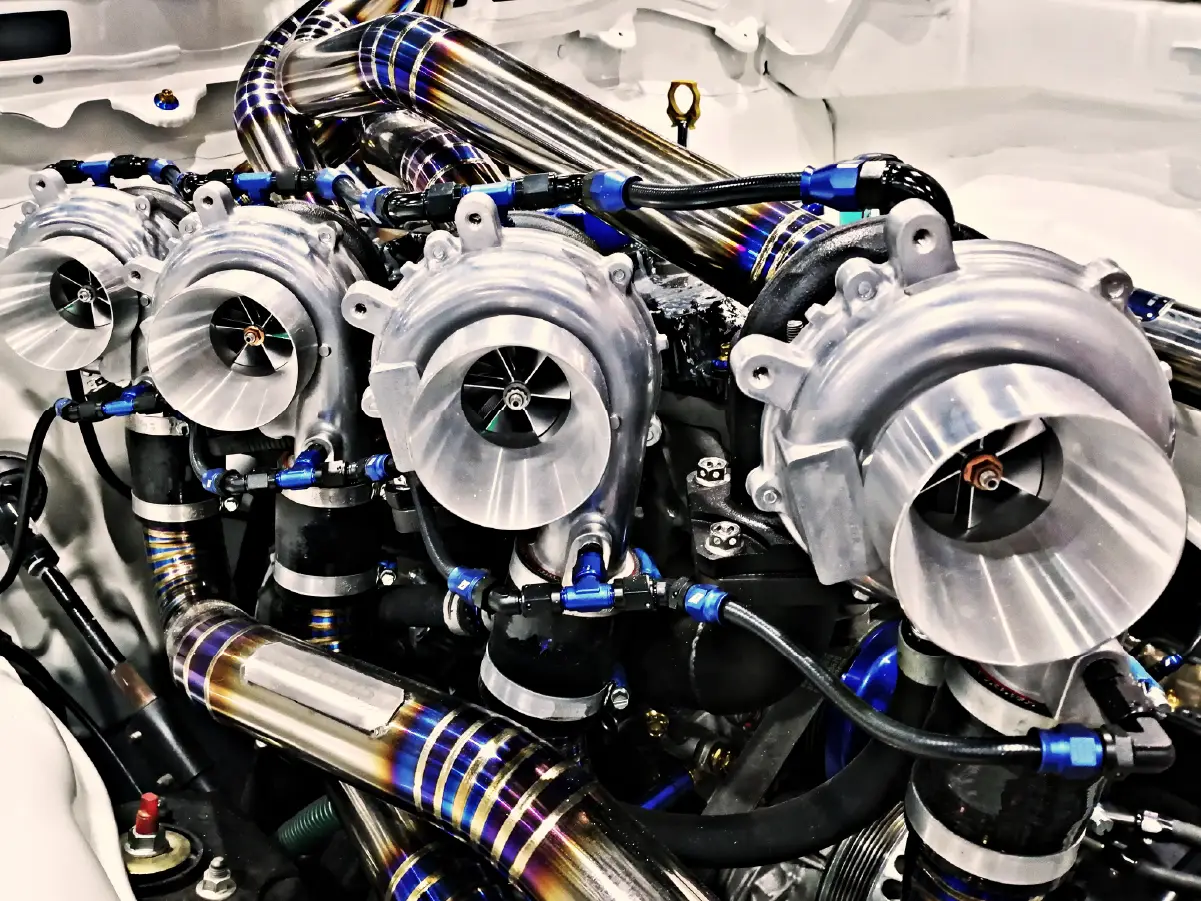
Choosing between a turbocharger and a supercharger really comes down to what you want out of your car. If you’re after better fuel efficiency with a healthy dose of extra power, a turbo is the way to go. It squeezes more performance from a smaller engine and is ideal for everyday driving with occasional thrills. On the other hand, if your priority is instant, neck-snapping acceleration with no lag, a supercharger delivers power the moment you hit the throttle. And if you’re building or modifying a performance car, either option can work, your choice should depend on your specific goals, whether that’s peak horsepower, throttle response, or daily drivability.
For most Indian buyers, turbochargers make more sense, they’re fuel-efficient, widely available, and supported by most carmakers. And all modern diesel engines come equipped with turbochargers while turbo-petrols are gaining traction as emission norms tighten. Superchargers are mostly rare and only found in performance or imported luxury cars, and that means you’re also paying more for that experience.
Conclusion
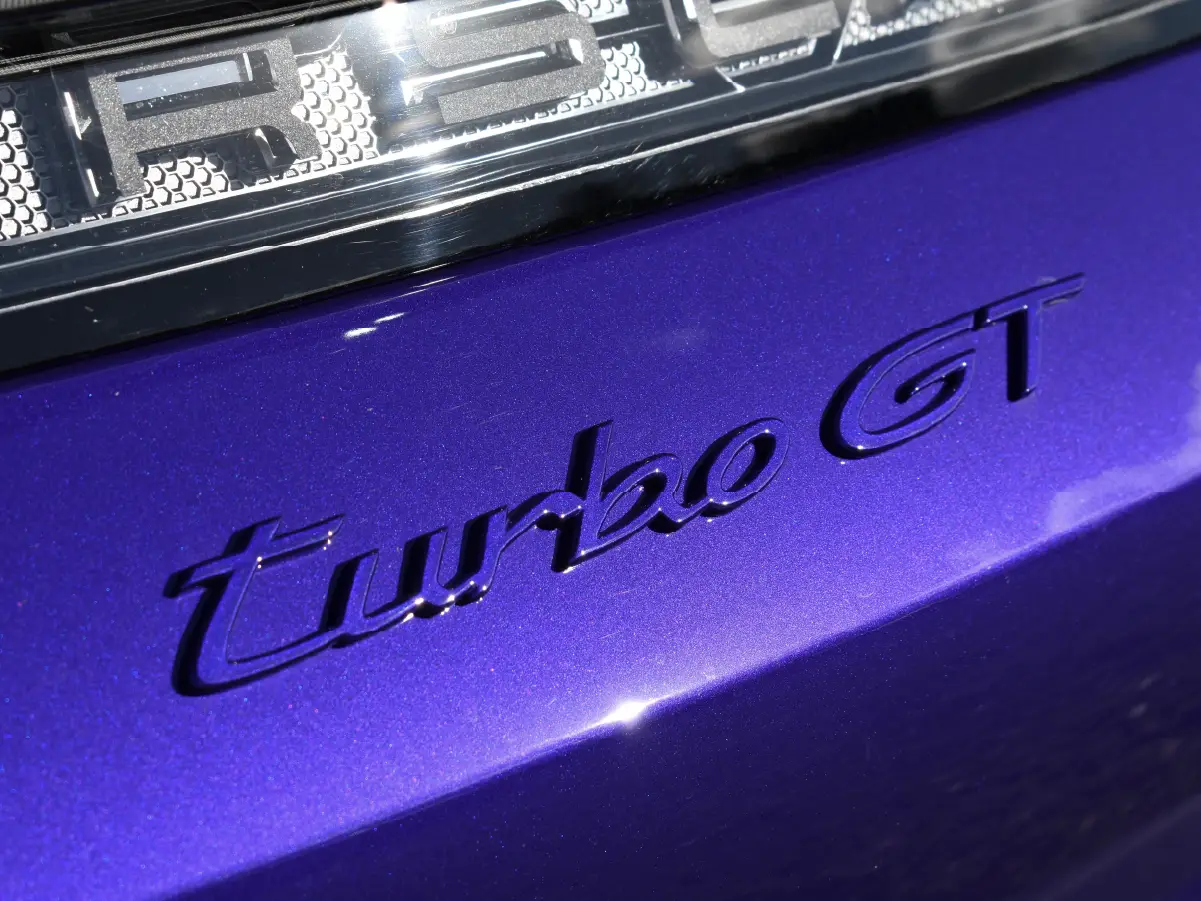
Turbocharger vs supercharger isn’t just a battle of boost, it’s more a battle of personality. Turbos are efficient, calculated, and increasingly refined. Superchargers are brash, bold, and unapologetically aggressive. The right choice depends on what kind of driver you are, what kind of car you drive, and what kind of joy you want when you press the throttle pedal.
India’s growing automotive diversity now includes a healthy fleet of turbo cars ranging from your average 1.0-litre turbocharged hatchback or compact SUV to a fire-breathing super car with a V8 engine. So whether you’re shopping or just dreaming, understanding these systems will help you appreciate what’s under the hood. And if you’re ever stuck in a heated debate about turbocharger vs supercharger at a dinner party, just remember that both are cool, both are loud, and both make your car a whole lot more fun.
Frequently Asked Questions
Expand all





